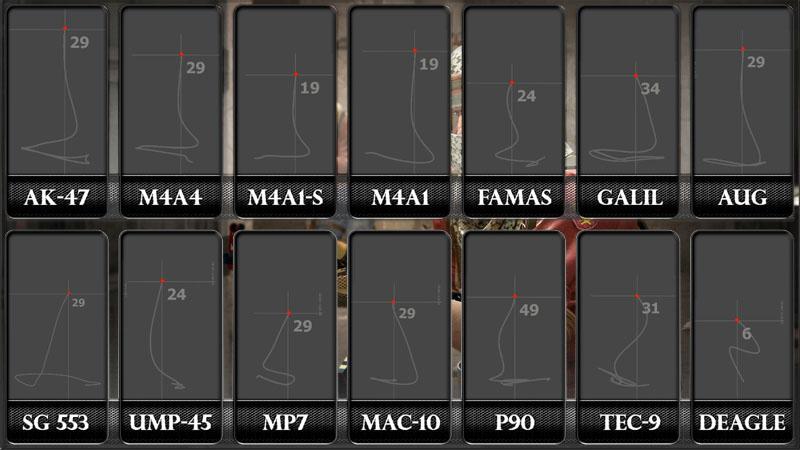Table of Contents
- Understanding the Characteristics and Applications of Stream Spray Patterns
- Optimizing Coverage and Control with Fog Spray Techniques
- Advantages and Best Practices for Using Gel Spray Patterns
- Choosing the Right Spray Pattern for Your Specific Needs and Environment
- The Way Forward
Understanding the Characteristics and Applications of Stream Spray Patterns
The stream spray pattern is characterized by a concentrated, high-impact flow of liquid that travels in a straight, narrow line. This focused delivery allows for maximum reach and precision, making it ideal for tasks where distance and accuracy are paramount. Whether it’s used in firefighting to punch through flames or in agricultural applications for targeted pesticide delivery, the stream spray’s controlled trajectory ensures minimal drift and waste. The fluid dynamics behind this pattern produce a powerful jet that maintains velocity and intensity, giving users significant control over where and how the liquid impacts the target area.
Common applications thrive on the stream spray’s ability to reach confined or distant spots effectively. Its characteristics make it especially useful in:
- Fire suppression-targeting the base of flames for optimal extinguishing power
- Cleaning operations-removing dirt and debris from hard-to-reach crevices with precision
- Irrigation-delivering water deeply to specific plant roots without overspray
- Industrial processes-precise application of lubricants or coolants to machinery parts
Optimizing Coverage and Control with Fog Spray Techniques
Achieving the ideal balance between coverage and control when using fog spray techniques hinges on mastering droplet size and spray density. Unlike stream sprays, fog sprays disperse a fine mist that effortlessly envelops surfaces, allowing for expansive coverage with minimal overspray. This makes them an excellent choice for applications requiring thorough surface contact without excessive runoff. However, controlling fog sprays requires attentiveness to environmental factors such as wind and humidity, as these can influence the drift and settling patterns. By adjusting nozzle type and pressure, operators can fine-tune the fog’s consistency to match specific needs.
To optimize performance, consider these practical tips:
- Use the right nozzle: Specialized fog nozzles produce uniform droplets that improve adhesion and reduce wastage.
- Maintain proper distance: Holding the spray at an optimal range ensures even coverage without thinning the fog stream.
- Control environmental influences: Minimize wind exposure and spray during suitable humidity levels for best results.
- Test spray patterns regularly: Regular calibration guarantees consistent fog density and precision.
Advantages and Best Practices for Using Gel Spray Patterns
Gel spray patterns offer a unique advantage in situations that demand precision and minimal spread. Unlike traditional stream or fog sprays, gel sprays cling to surfaces, reducing overspray and waste. This makes them ideal for targeted applications such as gardening treatments, cleaning hard-to-reach areas, or even applying adhesives and coatings that require control. Their thicker consistency also enhances effectiveness by allowing active ingredients to remain in place longer, improving absorption or coverage with less frequent reapplication.
To maximize the benefits of gel sprays, consider these best practices:
- Adjust nozzle settings carefully: Use a fine jet or bead setting to administer the gel precisely, ensuring it adheres exactly where needed without dripping.
- Apply in thin layers: Build up gel in multiple thin layers rather than one heavy coat to avoid pooling and uneven drying.
- Maintain proper distance: Hold the sprayer at an optimal distance to allow the gel to settle without splattering-usually 6-12 inches for most formulations.
- Clean equipment regularly: Gel consistency can clog nozzles faster than liquid sprays; frequent cleaning preserves spray quality and extends equipment life.
By combining these techniques, professionals and hobbyists alike can harness the precision and efficiency of gel sprays, making them a smart choice for specialized applications where control matters most.
Choosing the Right Spray Pattern for Your Specific Needs and Environment
When it comes to selecting the ideal spray pattern, understanding the environment and specific task requirements is paramount. A stream pattern delivers a concentrated, powerful jet ideal for reaching distant targets or penetrating dense foliage. It’s especially effective for outdoor settings or when precision is needed over longer distances. Conversely, a fog pattern produces a wide dispersion of fine droplets, perfect for covering larger surface areas quickly and evenly. This pattern is highly suited for humid environments or situations where a mist can provide better absorption or cooling effects.
For specialized applications, a gel pattern stands out by delivering a heavier, stickier substance that clings to surfaces longer. This makes it invaluable in environments where prolonged contact is necessary, such as pest control or sanitization on vertical surfaces. When choosing, consider factors like wind conditions, target distance, and surface type. For instance:
- Windy environments: Opt for gel or stream to minimize drift.
- Large, flat surfaces: Fog ensures even coverage.
- Targeted treatment on irregular surfaces: Gel offers superior adhesion.
Aligning your spray pattern with these situational insights enhances efficiency and maximizes results, turning a simple spray into a precision operation.
The Way Forward
Mastering spray patterns like stream, fog, and gel is essential for anyone looking to elevate their technique-whether in firefighting, gardening, or industrial applications. Understanding when and how to deploy each pattern not only enhances efficiency but also ensures safety and precision in every task. By practicing these methods and recognizing their unique strengths, you’ll be better equipped to handle a variety of situations with confidence and expertise. Keep experimenting, stay curious, and you’ll soon find that mastering spray patterns becomes second nature.Check Our Other Blogs
- StunGun – Your Trusted Source for Stun Guns, Laws, and Self-Defense Tips
- PepperSprayLaws – Your Trusted Resource for Pepper Spray Information
- StunGunLaws – Your Trusted Guide to Stun Gun Legality and Safety




